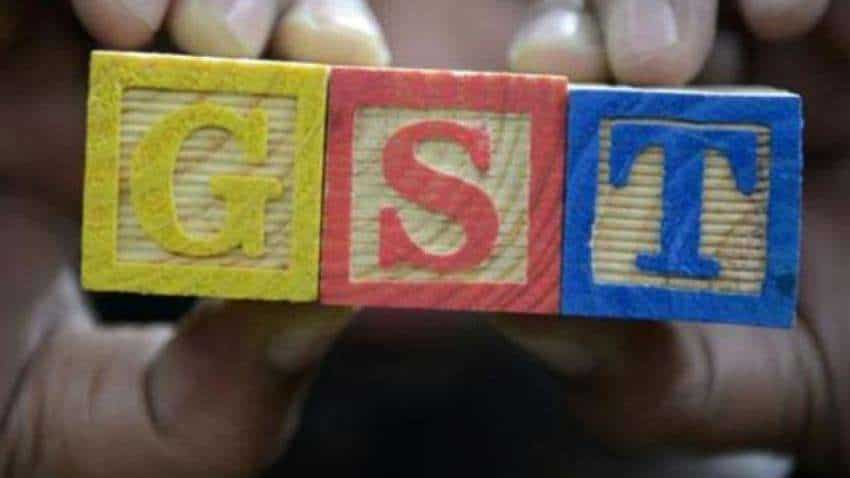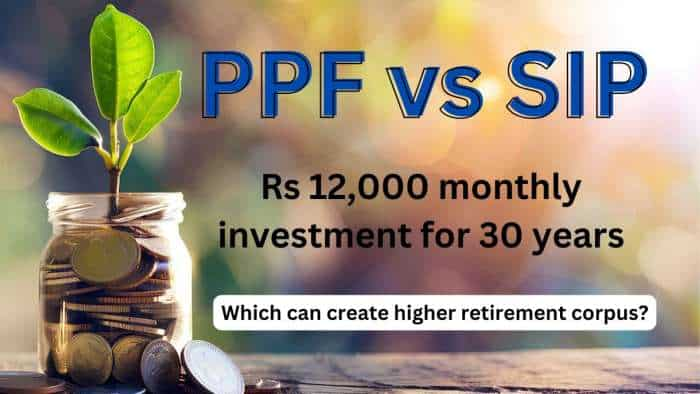One year of GST: Impact of new tax regime decoded
Currently, GST has five tax bracket namely 0%, 5%, 12%, 18% and 28% and is followed as a dual tax regime in India.

India celebrated the first anniversary of Goods and Services Tax (GST) regime on Sunday. It's a very special moment for entire Prime Minister Narendra Modi government. Modi in his reign as PM has not only created history for the BJP but also for the entire nation. He will be remembered as the man who changed the face of India's financial system with reforms like demonetisation and GST. PM Modi had reacted on the occasion by saying, “GST has brought growth, simplicity and transparency. It is boosting formalisation, enhancing productivity, furthering ‘Ease of Doing Business' and Benefitting small and medium enterprises.”
Here's what India's one year of Goods and Service Tax (GST) looks like, as per Deepak Jasani, Head Retail Research at HDFC Securities
Goods & Service Tax (GST)
GST (Goods and Services Tax) is the biggest indirect tax reform of India. GST is a single tax on the supply of goods and services. It is a destination based tax. It has subsumed taxes like Central Excise Law, Service Tax Law, VAT, Entry Tax, Octroi, etc. GST is expected to bring together state economies and improve overall economic growth of the nation.
Expectation from GST while launching were huge like-“There will be a check on inflation, tax avoidance will be difficult, rates will be lower compared to earlier, the country’s GDP will benefit, and the extra resources the states and the Centre will get will be used to serve the poor.” In theory, GST was win-win. It subsumed 17 taxes and 23 cesses, ending the cascading of taxes (paying tax on tax) that reduced efficiency and pushed up prices.
One year experience of GST
GST may not be the most perfect single tax system but it is working. There are many issues that remain to be addressed, but the fact that many knotty ones have been resolved gives rise to confidence that even these will be sorted out.
Since the change is a big one so the proclaimed benefits can’t be seen overnight. Indeed, given the compromises inevitable in pushing through such a landmark reform—especially its ramifications for sub-national tax autonomy in a federal democracy—the benefits could only be expected by and by.
Eliminate cascading effect of tax: Under GST, the grant of seamless credit across India has eliminated the cascading effect of taxes and ushered an era of reduction in cost of production of commodities & transparency in quantum of taxes paid by supplier of goods & services. To this extent we have achieved one nation one tax.
Check on inflation: GST, it was widely feared, would cause inflation to rise initially, as with many countries that launched a single tax regime. But this hasn’t happened in India. This check in inflation was due to much-criticised multi-slab structure. It ensured the levy was as close as possible to the existing rate, which meant the incidence of tax didn’t rise.
Improved tax compliance: It is too early to decide but there is reason to believe that at the very least, tax avoidance has become more difficult. This is due to steady increase in compliance level and would further improve once the e-way bill system stabilizes & invoice matching becomes a reality.
One more objective of GST was to pass the benefit of tax to end consumers. To ensure this anti profiteering provisions have been introduced to ensure that businesses pass on the benefit of any additional input tax credit or reduction in tax rates to customers arising due to introduction of GST, by way of commensurate reduction in prices.
The Government has established administrative framework including committees and a national anti-profiteering authority to address the complaints of the consumers. However, anti-profiteering provisions lack in providing a specific mechanism and guidelines to determine benefits accruing to businesses and to check whether such benefits have been adequately passed on to consumers.
Businesses want to see improvement in the procedures/compliance requirements. A simpler tax filing regime, fewer slabs and a broader tax base are some things the government needs to address in the year ahead.
There are many goods that are still outside the GST net, which comes in the way of seamless flow of input tax credit. Key items outside its ambit are electricity, alcohol, petroleum goods and real estate.
GST being new law has brought new set of challenges for various industries. To resolve industry worries, the Government has set up 18 sectoral groups such as oil and gas, telecom, mining etc., to better understand industry concerns and to interact with different sectors.
Impact of GST on some sectors:
After the implementation of the GST, we can see both its positive and negative effects on different industries. Let’s check the impact on various sectors –
FMCG: FMCG sector is one of the biggest economic platforms in India. After the GST implementation, most FMCG products and services are taxed under 18 to 20 percent, much lower than the previous rates benefitting consumers.
IT Industry: Earlier IT & ITES industry was paying 14 percent tax, but subjected to 18 percent after the imposition of GST. The long-disputed issue of canned software taxation will also come to end as their will no difference between goods and services after the GST. Overall impact here is neutral or slightly negative.
Textile/Readymade Garment Sector: Textile industry has benefitted through GST implementation. Input credit allowed on the capital goods and Ready-made garments up to Rs. 1000 is exempted from GST and branded garments above Rs. 1000 will be taxed at 12%.
Telecom: In the earlier days, the Telecom sector was paying 14 percent of the tax to the governing body, but the rate of tax under GST is 18 percent and the companies have passed the burden to its customers.
HDFC Securities said, "Though period of one year is too short to judge a big reform like GST but overall, the Indian taxpayers and the government have both traversed a difficult and long terrain for GST in the last one year. One hopes that the journey might get easier in the coming years and would be worthwhile for the Indian economy."
Get Latest Business News, Stock Market Updates and Videos; Check your tax outgo through Income Tax Calculator and save money through our Personal Finance coverage. Check Business Breaking News Live on Zee Business Twitter and Facebook. Subscribe on YouTube.
RECOMMENDED STORIES

Power of Rs 15,000 SIP: How long it will take to achieve Rs 7 crore corpus? See calculations to know

SBI Latest FD Rates: PSU bank pays these returns to senior citizens and other depositors on 1-year, 3-year and 5-year fixed deposits

Largecap PSU Stock for 65% Gain in New Year: Anil Singhvi picks PSU bank for long term; know reasons and target prices

SIP in Stocks For New Year 2025: Market guru Anil Singhvi recommends 1 largecap, 2 midcap scrips to buy in dips; note down targets
03:08 PM IST










 GST collections in December increase 7.1% to Rs 1.76 lakh crore
GST collections in December increase 7.1% to Rs 1.76 lakh crore Tax officials initiate inspection of M&M records in Chennai
Tax officials initiate inspection of M&M records in Chennai Popcorn sold in movie theatres to attract 5% GST
Popcorn sold in movie theatres to attract 5% GST GST on old used cars only when sale price higher than depreciated value
GST on old used cars only when sale price higher than depreciated value  States not in favour of bringing ATF under GST, says finance minister
States not in favour of bringing ATF under GST, says finance minister